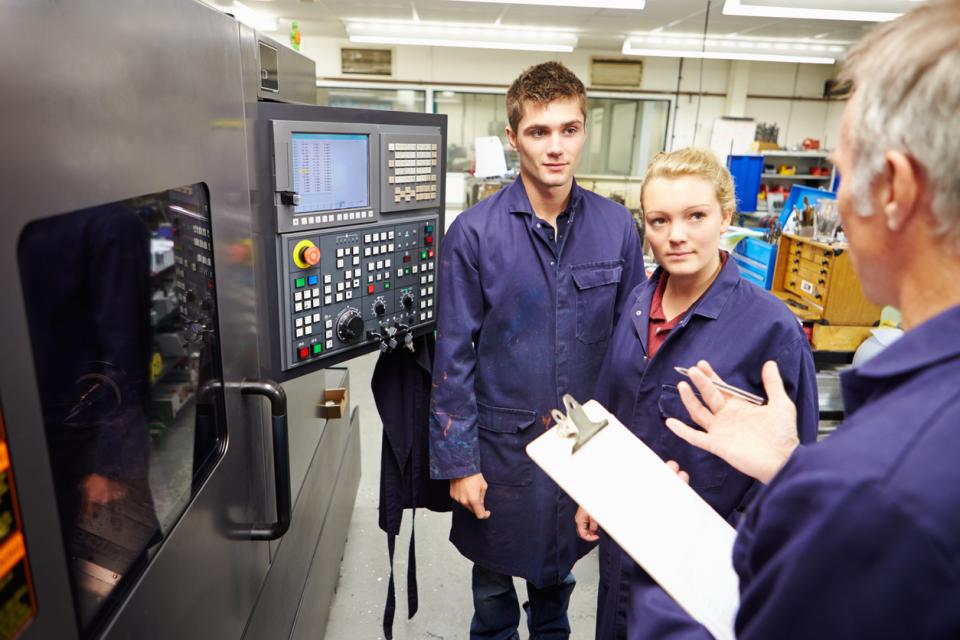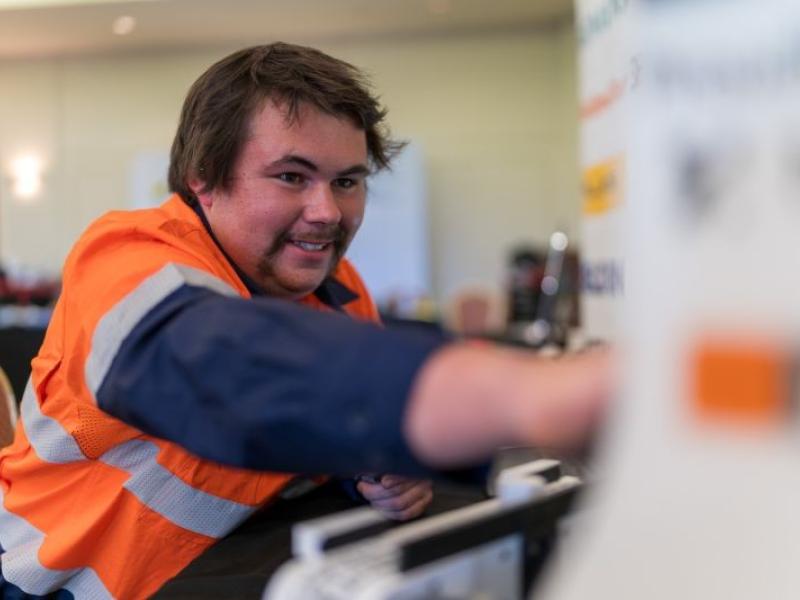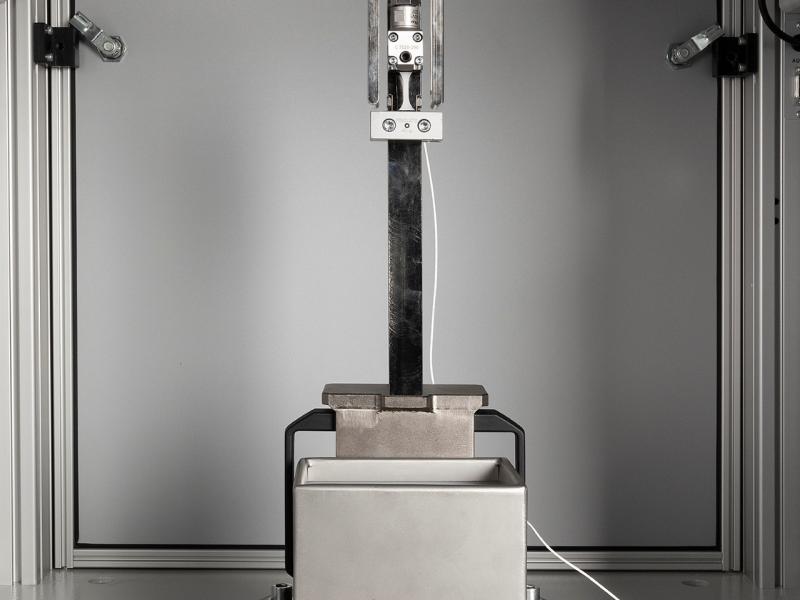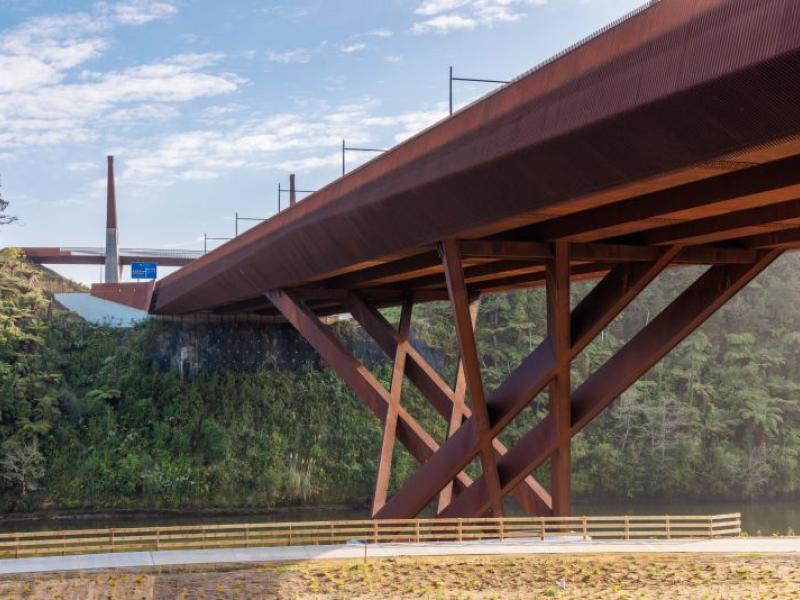A new Government and industry training and remuneration initiative described as ‘game-changing’ by employers will be expanded nationwide to help address New Zealand’s chronic manufacturing skills gap, with a pilot in Waikato set to deliver a learner completion rate of more than 90%.
The move comes as the manufacturing, engineering, and logistics sectors face an urgent shortfall of 157,000 workers over the next five years, driven by an ageing workforce and growing demand. With 23,000 manufacturers employing 250,000 people nationwide, the industry contributes 10% of GDP and underpins 60% of New Zealand’s exports.
Catherine Lye, chief executive of Advancing Manufacturing Aotearoa, says the ‘Earn As You Learn’ initiative uniquely tackles long-standing challenges in the sector.
She says the scale of the workforce gap is significant and a recent survey of the sector found 88% of employers report shortages of high-skilled technical workers, 61% struggle to find mid-level managers, and 51% face scarcity in lower-skilled roles. More than 70% of manufacturers do not believe the domestic labour market can fill these gaps.
“Manufacturing is one of New Zealand’s most important industries, yet too often it is invisible to young people when they are considering careers. This model works because it is industry-led with best-in-class employers stepping up to create solutions in partnership with education.”
The Waikato pilot, delivered in partnership with local manufacturers, Competenz and Wintec, placed learners into a 30-week Level 3 certificate programme that combined two days of on-campus learning with three days of paid, hands-on work each week. Learners rotated across businesses, gaining exposure to different environments, while employers accessed a motivated, work-ready talent pool.
Howard Fountaine, general manager of APL Manufacturing, says the calibre of learners has exceeded expectations.
“Of the ten students we hosted, we would have hired nine on the spot if positions were available. They were motivated, engaged, and brought real energy into the business. Learners’ enthusiasm has also been matched by staying power, with only one or two of the 21 students dropping out. That low attrition rate shows how committed these young people are, and employers like us have even held jobs open in anticipation of hiring them when they graduate. This programme has been a game-changer for how we recruit.”
Building on Waikato’s success, the programme will now launch in Wellington and has plans to expand into Tauranga, Whangarei and Christchurch in 2026 and 2027, with a national steering group established to oversee delivery.
Samantha McNaughton, deputy chief executive of Hanga-Aro-Rau Workforce Development Council, says collaboration and scale are central to the programme’s success.
She says the initiative stands out because it blends classroom learning with in-work training across multiple businesses.
“We need 157,000 people to enter manufacturing, engineering, and logistics over the next five years, and without targeted initiatives like this the gap will only grow. This is not just about filling jobs, it is about securing the backbone of our export economy and ensuring New Zealand remains competitive globally.
“Every region has different workforce needs, but the model is flexible enough to deliver results wherever it is rolled out. Industry has been clear about the skills they need and education has listened.
“Learners not only gain a recognised qualification, but also experience the breadth of modern manufacturing environments while being paid. That exposure gives them a real understanding of the opportunities available, while employers can see how learners perform in practice, creating clear pathways into long-term employment.
“This partnership is exactly how we should be tackling the skills challenge.”
The next national intake of learners is scheduled to begin in November 2025.






